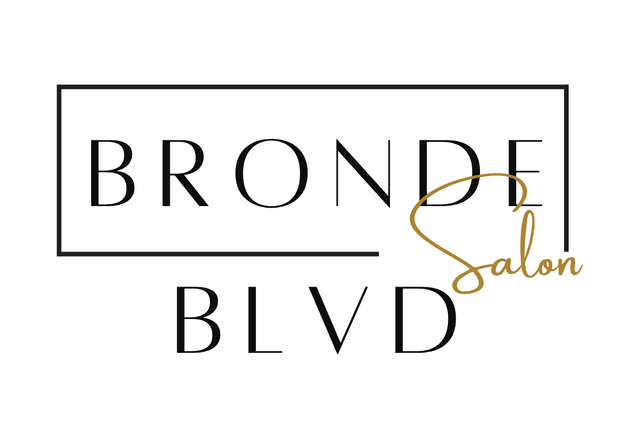The Art of Balayage: Techniques and Tips for Professional Stylists

Introduction
Balayage, derived from the French word meaning “to sweep,” is a freehand hair coloring technique that has taken the hair and beauty industry by storm. This technique gives hair a natural, sun-kissed appearance with softer, less noticeable regrowth lines than traditional coloring methods. As a hairstylist, mastering the art of balayage opens up lucrative opportunities and can significantly elevate your craft.
Understanding Balayage
Balayage originated in France in the 1970s but only gained global recognition in recent years due to its flattering and low-maintenance results. Unlike traditional foil highlights or cap highlighting, balayage involves painting the dye onto the hair freehand. This method allows for a more personalized, natural look, creating depth and dimension in the hair.
The Essential Tools for Balayage
To achieve a fantastic balayage, you need the right tools. These include:
- Brushes and Combs: A balayage brush with soft bristles and a tail-end for sectioning is essential.
- Hair Bleach and Dyes: High-quality lighteners and dyes are vital to achieve desired results while minimizing hair damage.
- Foil and Plastic Wrap: These help isolate treated sections, preventing color bleed onto untreated hair.
- Hair Dryers and Heat Lamps: Used to speed up the processing time.

Mastering the Technique of Balayage
Balayage requires meticulous attention to detail. Here’s how to achieve it:
- Prepare the Client’s Hair: Start with clean, dry hair. Use a detangling comb to remove knots.
- Choose the Right Color and Intensity: Consider your client’s skin tone, eye color, and lifestyle when choosing shades.
- The Actual Process of Balayage:
- Section the Hair: Divide the hair into sections. The size and thickness of the sections will depend on the desired result.
- Apply the lightener: Paint the dye onto the hair in a sweeping motion, starting mid-shaft and working towards the ends.
- Set the Color: Allow the color to process until it reaches the desired lightness.
- Rinse and Style: Rinse out the color, condition the hair, then style as desired.
Tips and Tricks for a Perfect Balayage
Here are some tips to perfect your balayage technique:
- Ensure an Even Color Spread: Consistency is key. Ensure each stroke has an equal amount of product to avoid patchiness.
- Avoid Over-processing: Monitor the color development closely to prevent over-processing, which can lead to breakage.
- Create a Natural Gradient: Start with lighter strokes at the mid-shaft and gradually increase intensity towards the ends for a seamless blend.
- Properly Care for Balayage Hair: Recommend high-quality, color-safe products to your clients to prolong their balayage.

Advanced Balayage Techniques
Once you’ve mastered basic balayage, you can experiment with advanced techniques:
- Combining Balayage with Other Hair Coloring Techniques: Combine balayage with techniques like ombre or babylights for a unique look.
- Creating Different Balayage Styles: There are different balayage styles to suit every client, such as soft balayage, heavy balayage, or reverse balayage.
The Business of Balayage
Balayage is a profitable skill:
- Market Demand for Balayage: With its popularity, offering balayage can attract more clients.
- Pricing Your Balayage Services: Price your services based on time spent, product used, and the complexity of the look.
- Marketing Your Balayage Skills: Use social media to showcase your work and attract potential clients.
Conclusion
Mastering balayage can transform your hairstyling career. This technique allows you to create personalized, low-maintenance looks that clients love. It requires practice and continuous learning, but the rewards are immense. So keep honing your skills, stay updated with the latest trends, and let your creativity shine in the art of balayage
